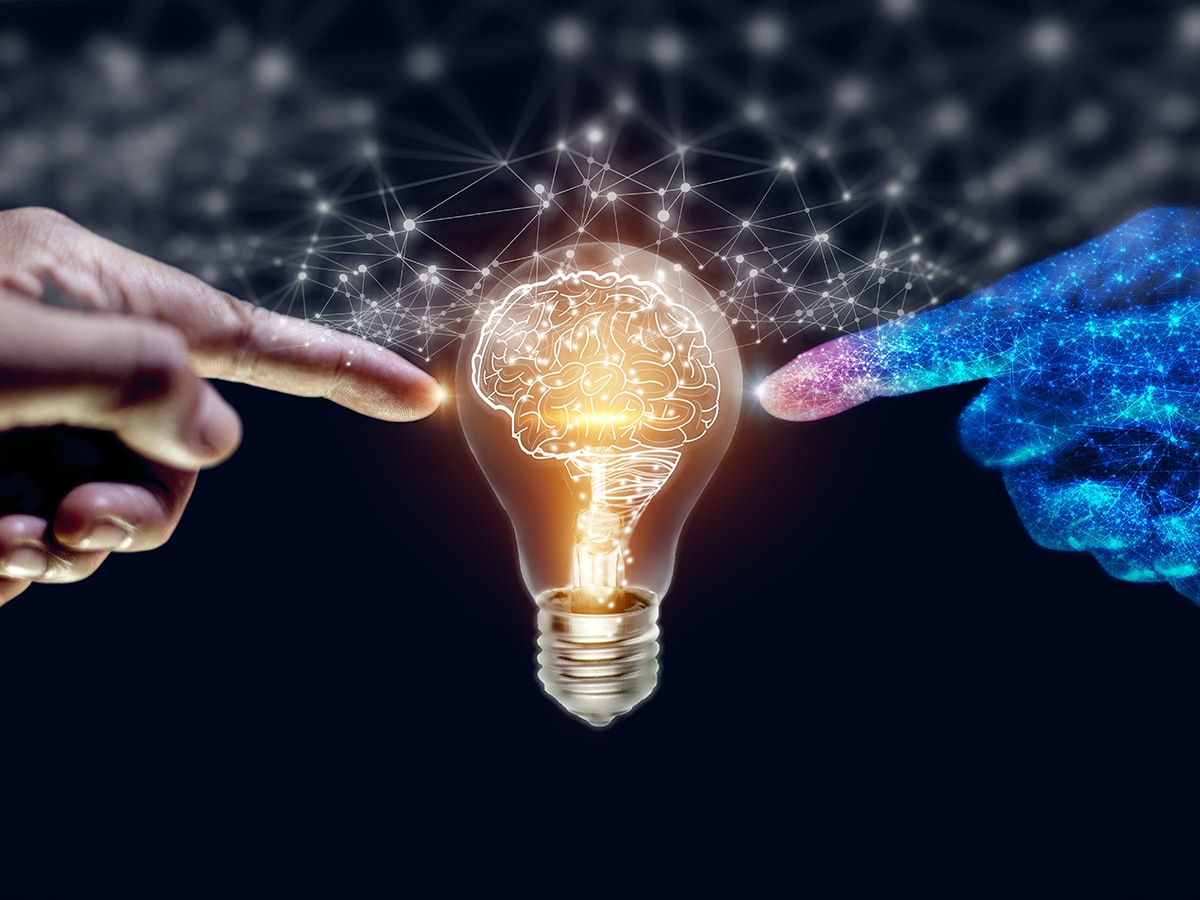
Killer or a breeder? AI's impact on creativity and jobs
Recognising the need for cultural and societal shifts in our approach and celebrating hybrid creations can foster a harmonious partnership between human ingenuity and technological innovation, charting a path where AI is a collaborator, not a competitor
 AI, currently in a nascent stage in radical creative domains, holds the potential to transition from an auxiliary tool to a primary driver of creative output.
Image: Shutterstock
AI, currently in a nascent stage in radical creative domains, holds the potential to transition from an auxiliary tool to a primary driver of creative output.
Image: Shutterstock
Contrary to the belief that creativity is immune to automation, the rise of AI is poised to reshape the creative landscape significantly, putting it at a crucial juncture. AI's impact on creativity can be classified into two primary categories: radical and incremental creativity.
Radical creativity involves groundbreaking and unconventional ideas that challenge established norms and routines, while incremental creativity focuses on refining and enhancing existing products, procedures, and processes. AI presently excels in the latter aspect, for example, composing music, generating accompaniment, and even mastering tracks. Radical creativity would be AI's ability to generate custom DNAs for synthetic life forms that can perform designated tasks.
Historically, humans have progressed as they are at the centre of creative problem-solving with distinctive capabilities like imagination, empathy, general purpose cognition, and divergent and convergent thinking to conceptualise and connect the dots between seemingly unrelated elements. So, what skill will help humans compete with machines? Even the founder of OpenAI, Sam Altman, doesn't have an answer to that.
However, much like the human brain, AI can generate fresh ideas by processing extensive data and permutations. Thanks to its processing power, it operates as an interconnected network of algorithms and data processing units, rapidly generating diverse scenarios and possibilities at an unprecedented scale. Admittedly, it is only going to get better because, as Ethan Mollick said, today's AI is the worst you will ever use. As AI continuously gets trained with trillions of parameters, it is only going to get better.
Currently, the AI is P-creative (Psychological creativity) since its capabilities are limited to the data upon which it is trained. Thus, an idea may be novel to the individual creating it but not to the whole world, and similar ideas may exist. For instance, an AI trained on existing music can compose a new piece that feels fresh to many listeners, yet it essentially remixes patterns, styles, and structures it has learned from its dataset.

















